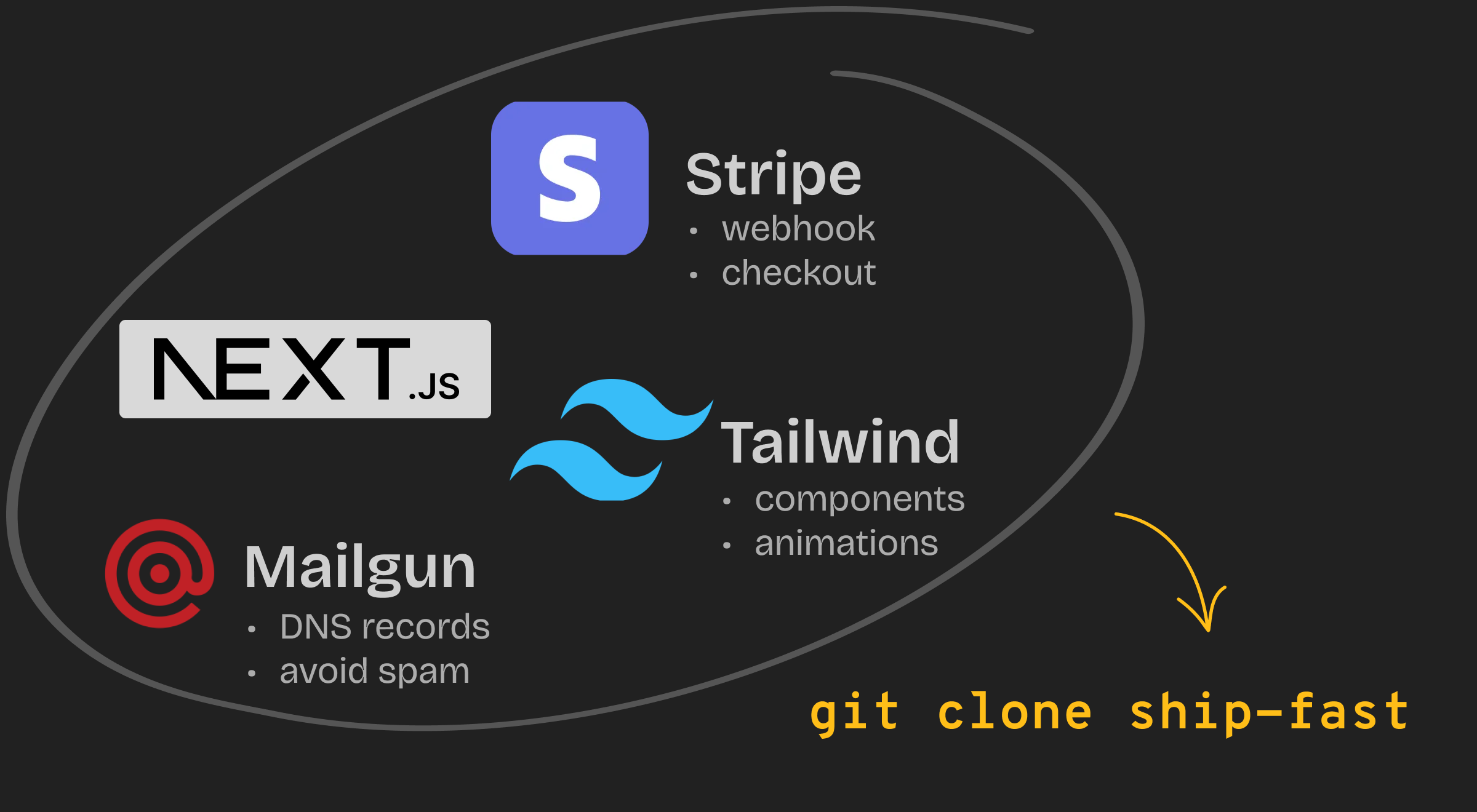- Ark's Newsletter
- Posts
- He bought a shipping container for $3,500 and Makes $125K/Month
He bought a shipping container for $3,500 and Makes $125K/Month
Revolutionizing Construction with E-commerce and Agile Solutions


Imagine buying a shipping container for $3,500 and selling it three weeks later for $35,000. Bob, our man, thought he could use all the old recycled containers and turn them into profit, and it looks like he did. He made $1.5 million in his first year. Now, five years later, they're doing a whole lot more. How much more? They're making $15 million this year. In this episode of Main Street Millionaire, Bob takes us through the unique opportunity he found in containers, the nine things he does to differentiate himself from everybody else, and how he runs some heavy equipment. Most importantly, he shows how you can steal his homework. Let's get into it.
So, whether you want a small side hustle or a multi-million dollar business like Bob's, it turns out you can do it with shipping containers, which is wild. They use mostly new shipping containers that have been used once. There’s a huge supply of them because the US imports way more than it exports, so these accumulate and get used for various things in a second life. Their particular niche is transforming them into cool homes or bars, or anything really—the sky’s the limit. You can transform a container into something like a bar, a kitchen, or even a walk-in cooler and serving area. This lowers the barrier to starting a new business. Compared to traditional construction, they’re about a third of the cost and time, taking weeks instead of months to build. This particular one takes about six weeks.
If you order it online, how much does it cost? This one is around $60K for an entire bar and walk-in fridge, delivered in six weeks. If you were to build this using traditional methods, it would take three months and over $100K, with a lot of potential delays and the need to find trustworthy people every step of the way. With this method, you deal with one person for the entire project. They fall into what’s called offsite construction, where they can control the environment and build really fast versus building onsite. This efficiency helps them capitalize on moving fast.
If you’re thinking about buying a property for $30,000 and Airbnb-ing it within 6 to 10 weeks, that’s a great idea, but maybe you don’t have $30,000 lying around. Some of their biggest models can go up to $250,000. However, they offer financing options, including commercial lines of credit and mortgages. This breakthrough allows people to buy land and their first home together at an affordable price. If you don’t have a lot of money and want a one-bedroom container home, it starts around $50K to $55K. A two-bedroom would be closer to $80K to $100K.
In this channel, we don’t just cover Main Street millionaires who do the dirty work; we do it too. We own a bunch of businesses like this, and we’re going to see how useful these containers are. They even had Netflix's Queer Eye feature one of their most popular models, the Joshua, which led to over $2 million in sales within 48 hours and a three- to four-month backlog. They had to scale up quickly and take deposits to cover their float—using customer deposits to buy materials and set up labor, ensuring they’re never out of pocket until the final payment.
The containers are delivered by trucks, and the business involves the daily logistics of dropping off and picking up containers. Early on, they used pickup trucks and trailers to move empty containers, avoiding expensive trucking costs by staying under certain weight thresholds. This method, likened to the Amazon Prime loophole, was crucial for their success. Most of their builders are contractors, with around 15 employees handling project management, quality control, logistics, sales, and support. Aligning everyone’s interests by paying contractors upon job completion increases productivity and efficiency.
They also avoid holding inventory as much as possible, using just-in-time inventory methods and leveraging big box stores to stock parts. For equipment, they lease or buy it at auction, keeping costs low and efficiency high. Their approach involves getting orders and sales first, then building the products, rather than holding inventory.
Starting a business that now makes $15 million a year in five years is impressive. Bob started with a city project to convert shipping containers into offices for a community park, despite having no experience. He filled out the paperwork, made educated guesses on costs, and sold himself on the project. Although the project got caught up in red tape, he built a few containers, put them online, and they sold immediately.
With about $15K from his 401(k) and good credit, they started the business, initially moonlighting while still working his job. They broke even in the first year with $1.5 million in revenue. The business grew from buying and selling empty containers to modifying them. During the pandemic, demand for container homes and offices skyrocketed as people needed more space while stuck at home. They were one of the few businesses with container homes or offices available online, complete with prices and example photos.
If you think you could never do this because you don't know construction, remember that Bob was a software engineer. Often, none of us know what we’re doing initially; it’s about being willing to learn and ask for help. Owning a business is hard work, and life itself is challenging. To support this, partnering with services like BetterHelp can be beneficial. BetterHelp matches you with therapists to help you navigate life's challenges.
Transforming a container involves several steps. Structural steel, interior framing, electrical, plumbing, insulation, sheathing walls, installing fixtures, and final finishes. The process is fast, and costs are managed to ensure a gross margin of 30–40%. A basic container costs about $3,000, with materials, insulation, fixtures, glass, and labor adding up. The business model runs like an e-commerce platform with set menu products and prices online, ensuring efficiency and customer satisfaction.
Half of our business is consultative, where someone finds us online through Instagram or our website, gets a great idea, makes a phone call, books an appointment either on the phone or via video, and then we build a solution for them. We essentially have two business models. People often think we just build containers, but in reality, we’re an e-commerce company offering productized services (like containers) and bespoke build-outs. Both models involve containers, but what we focus on is building solutions. The container is just our medium, which we excel at using.
Our approach to running this business is not typical for construction. We use an agile construction framework. Unlike sequential construction, where one house is built from start to finish before starting another, our agile model has multiple builds happening concurrently. Different trades overlap, optimizing supplies and vendors and allowing us to complete more in less time. This method ensures efficiency, minimizes downtime, and maintains consistent progress across various projects.
Standard Operating Procedures (SOPs) are crucial for us, serving as our quality control. At various stages, there's a checklist that must be completed before moving on to the next phase, often tied to milestone payments for contractors. This ensures adherence to our standards, even though contractors are not direct employees. Having documented SOPs means anyone can step in to do another's job, allowing for flexibility and consistency within the team.
Our e-commerce solution includes a frictionless checkout process where customers can choose models, see prices upfront, select financing options, and either add to the cart or request a quote. This transparency filters out casual inquiries and helps maintain a lean sales team. Our website, driven by consumer feedback, features designs influenced by customer requests and data, allowing us to market effectively and scale efficiently.
We’ve also developed a tool on our website where users can calculate their ROI for renting out containers on Airbnb. By entering details like rental rates and occupancy estimates, they can see potential returns, making it a no-brainer investment. This tool, combined with our financing options, means customers can start cash flowing quickly, often within months of their purchase.
Our approach includes turning custom builds into future productized services. We let data and customer demand drive our offerings, ensuring we invest in products that will sell. This strategy, coupled with agile construction, tech integration, and a focus on e-commerce, sets us apart from traditional construction businesses. Sharing extensive information on our website also saves time and educates potential customers, aligning with our principle of transparency.
Our success comes from taking risks, listening to customers, and scaling sustainably. Mistakes have taught us the importance of strategic risk-taking and customer-centric development. This entrepreneurial spirit reflects the core values of building something new and impactful. As an inspiration, this journey illustrates how innovation and a focus on solutions can lead to significant growth and opportunities.














